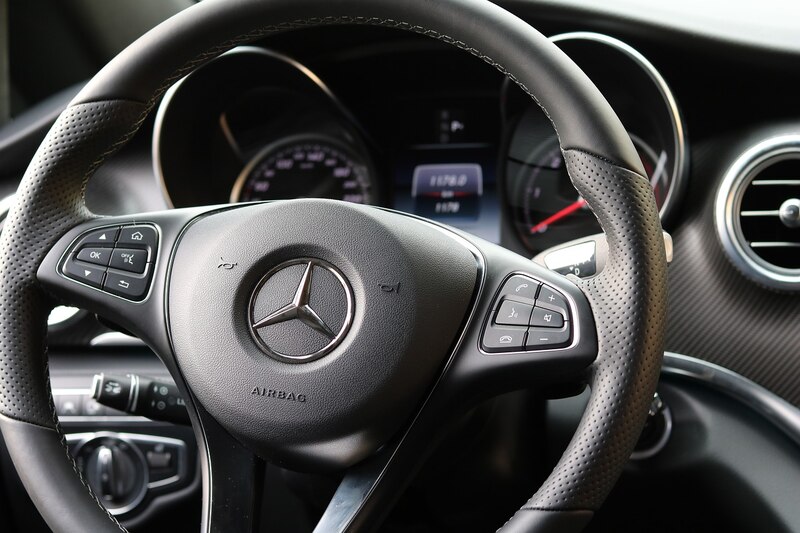Savvy Strategies for Optimal Mileage Tax Deduction
Triston Martin
Jan 17, 2024
Understanding and effectively utilizing mileage tax deductions can significantly impact both individual taxpayers and businesses. Mileage tax deductions allow taxpayers to itemize certain drives, such as those for business, medical, or charity purposes, and deduct those miles from their taxable income. This guide will not only introduce the concept of Mileage Tax Deduction but also highlight its importance for businesses and individuals to manage their tax liabilities effectively.
Qualifying drives: Business, medical, moving, and charitable
There are four types of drives that qualify for the IRS mileage deduction:
- Business drives include trips between offices and work sites, client visits, business errands, and travel home after a business outing.
- Medical drives are visits to a healthcare professional or a hospital for medical or dental care for yourself, spouse, or dependents.
- Moving drives are valid only for active duty military members who move due to a permanent change of station.
- Charitable drives are trips made for volunteering or charity services.
Tracking your Mileage: The Key to Maximum Deduction
One of the keys to maximizing your mileage tax deduction is thorough mileage tracking and record-keeping.
Importance of keeping comprehensive and accurate records
Keeping comprehensive and accurate records is not only critical for calculating your deductions accurately but also for substantiating your claims in case of an audit.
Mileage log: what it is, what it should include
A mileage log is a document that tracks the miles driven for business, medical, moving and charitable purposes. It should include information such as the date of the trip, the purpose of the trip, start and end locations, and the odometer readings at the beginning and end of each trip.
Methods for Calculating Deductions
There are two methods for calculating mileage deductions: the actual expense method and the standard mileage rate method.
Standard mileage rate method
The standard mileage rate method allows you to deduct a specified number of cents for every business mile driven.
Strategies for Increasing your Mileage Tax Deduction
Keep Track of Every Single Mile
One of the essential strategies to increase your mileage tax deduction is recording every single mile driven for qualifying purposes. Even short drives for business, medical, moving, or charitable purposes can add up over a year and result in significant deductions.
Use a Mileage Tracking App
To ensure that you are capturing all the eligible miles, consider using a mileage tracking app. These apps automatically track and categorize your drives, making it easy to maintain an accurate and comprehensive mileage log.
Regularly Check and Update your Mileage Log
Consistently check and update your mileage log, ideally every day. Regular updates reduce the chance of missing out on any eligible drives and ensure your records are timely and accurate.
Understand IRS Rules and Updates
Staying up-to-date with IRS rules and updates is another important strategy. IRS mileage rates and eligible drives can change from year to year. By understanding these changes, you can ensure you're maximizing your deductions.
Review IRS Publications
Review IRS publications regularly, particularly at the end of each year when new mileage rates are usually announced. IRS Publication 463, for example, provides detailed guidance on travel, entertainment, gift, and car expenses.
Consult with Tax Professionals
Consulting with tax professionals or a certified public accountant (CPA) can be an excellent way to stay updated on changes and understand how they apply to your circumstances.
Separate Personal and Business Mileage
Separating personal and business mileage is a good practice to maximize your mileage tax deduction. By keeping separate logs for each, you can clearly distinguish between deductible and non-deductible mileage, providing a solid basis for your claims.
Use Separate Vehicles
Using separate vehicles for personal and business drives, if possible, simplifies this separation process. This way, you can also avoid the potential confusion or mistakes that can occur when using one vehicle for multiple purposes.
Clearly Label Each Trip
Ensure to clearly label each trip in your mileage log. Marking each drive as business, personal, medical, moving, or charitable helps avoid confusion and ensures that you claim all eligible deductions.
Common Mistakes to Avoid
Inadequate record keeping
One of the common mistakes many make is inadequate record keeping. Failing to maintain a comprehensive mileage log can result in missing out on deductions, or worse, failing an IRS audit.
Overlooking eligible drives
Another common mistake is overlooking eligible drives. Many taxpayers forget to count drives such as trips to the bank, office supply store, or post office. Ensure you document all eligible drives for maximum deductions.
Useful Tools for Tracking Mileage
Review of top mileage tracking apps
There are a plethora of mileage tracking apps available today. These apps automate the process of tracking your mileage and ensuring you have a detailed record of all your drives. Some of the top-rated apps include MileIQ, TripLog, and QuickBooks Self-Employed.
Conclusion
In conclusion, mileage tax deductions can be a great source of savings for both businesses and individuals. By understanding the rules, leveraging strategies to increase deductions, avoiding common mistakes, and using tools to track mileage - taxpayers can ensure they don't miss out on any eligible deduction. Do your due diligence in this area to make sure you are making the most of your deductions.
FAQs
How do you calculate mileage cost?
Mileage cost is calculated by multiplying the total miles driven by the IRS standard mileage rate for the year in question. The IRS standard mileage rate takes into account the average costs of car ownership and operation, such as fuel, maintenance, and insurance.
How do I use 179 deduction?
To use the Section 179 deduction, you must first ensure that the property you're deducting meets the IRS's requirements for "qualifying property." This generally includes tangible, personal property that is used for business more than 50% of the time.
Next, you must determine the cost of the property - this is the amount you'll deduct. If the property is not used for business 100% of the time, you'll have to reduce the cost to reflect the percentage of business use.







